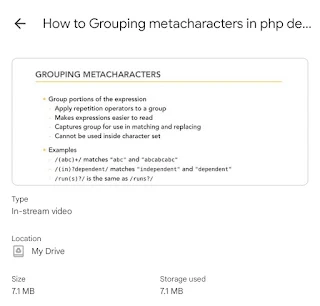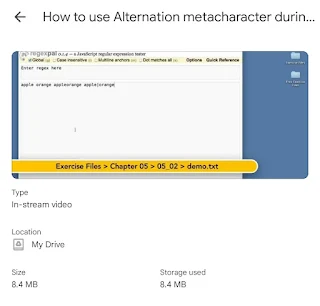Sprite.me is a tool that helps optimize and combine images into sprites, which are single images containing multiple graphics. Here’s a general guide on how to use it for optimizing images:
Upload Images: Go to the Sprite.me website and upload the images you want to combine into a sprite sheet. Usually, you can drag and drop or select files from your computer.
Adjust Settings: Depending on the tool’s interface, you might have options to adjust the layout, spacing, and padding of the sprites. Configure these settings based on how you want your images to be arranged.
Generate Sprite Sheet: Once your images are uploaded and settings are configured, click on the button to generate the sprite sheet. The tool will compile your images into a single image file.
Download Sprite Sheet: After processing, download the generated sprite sheet and the associated CSS or JSON file if available. These files contain the coordinates for each sprite, which is useful for web development.
Use in Your Project: Implement the sprite sheet in your project by referencing the sprite sheet image and using the CSS or JSON file to position and display the correct parts of the sprite.
Remember, sprite sheets are particularly useful for web performance as they reduce the number of HTTP requests needed for loading images.
















